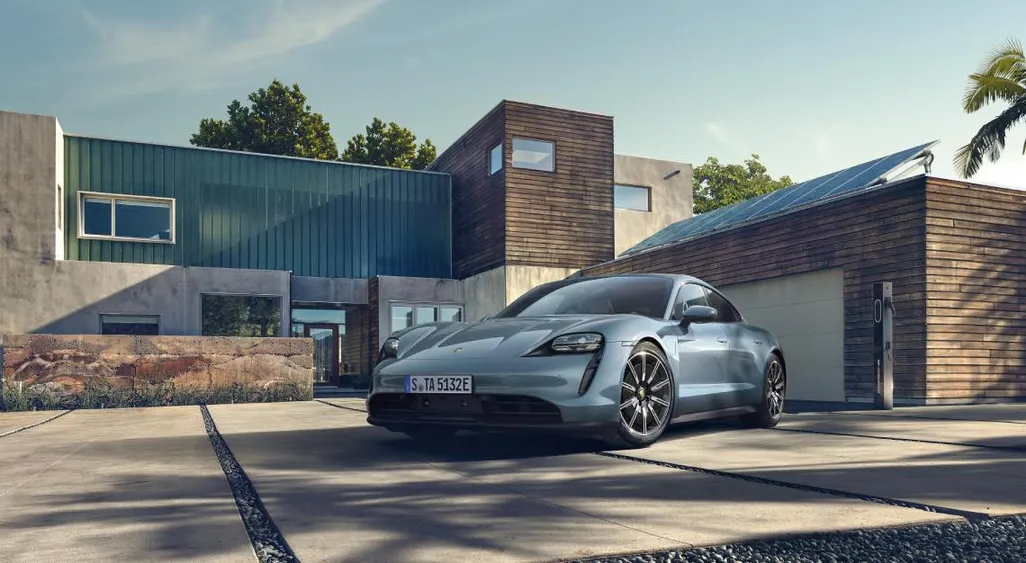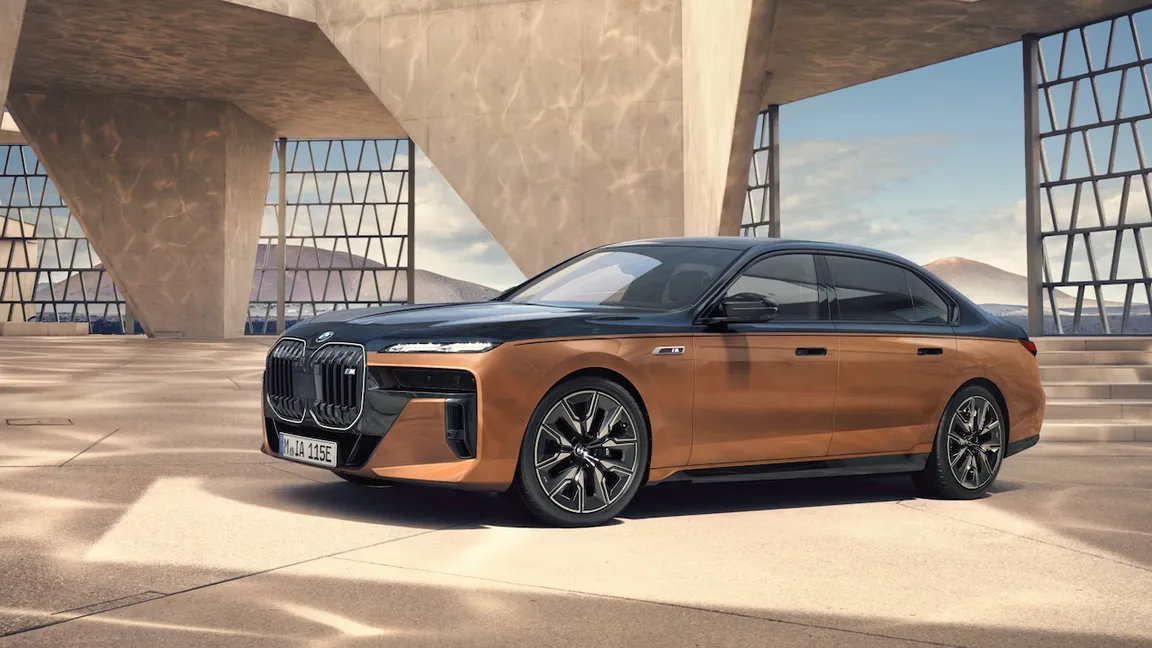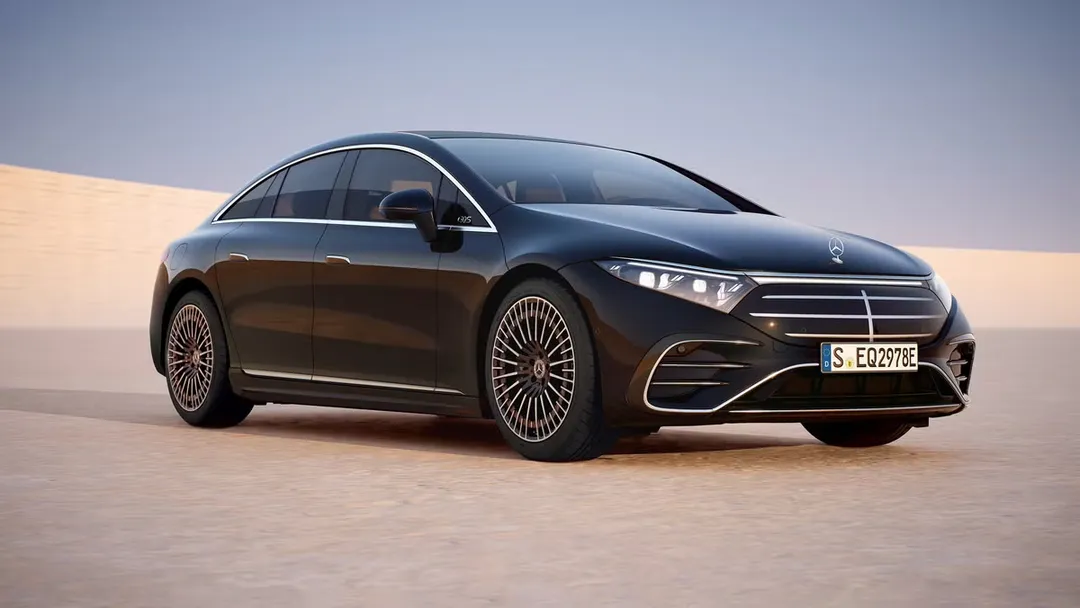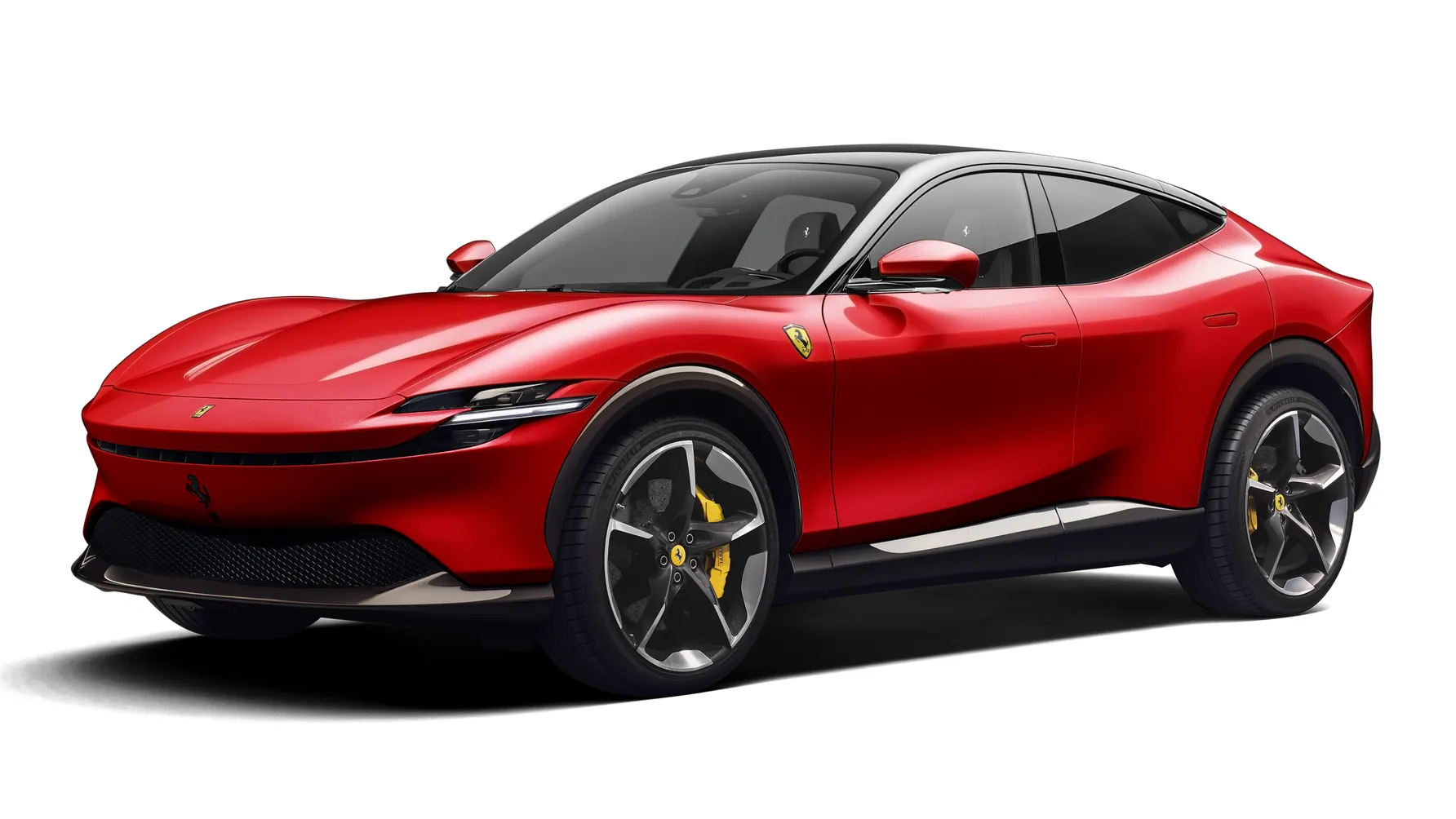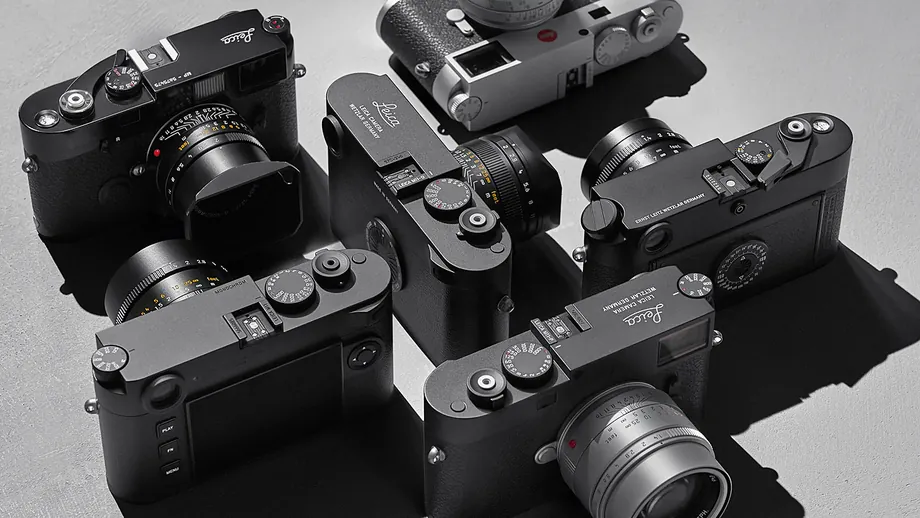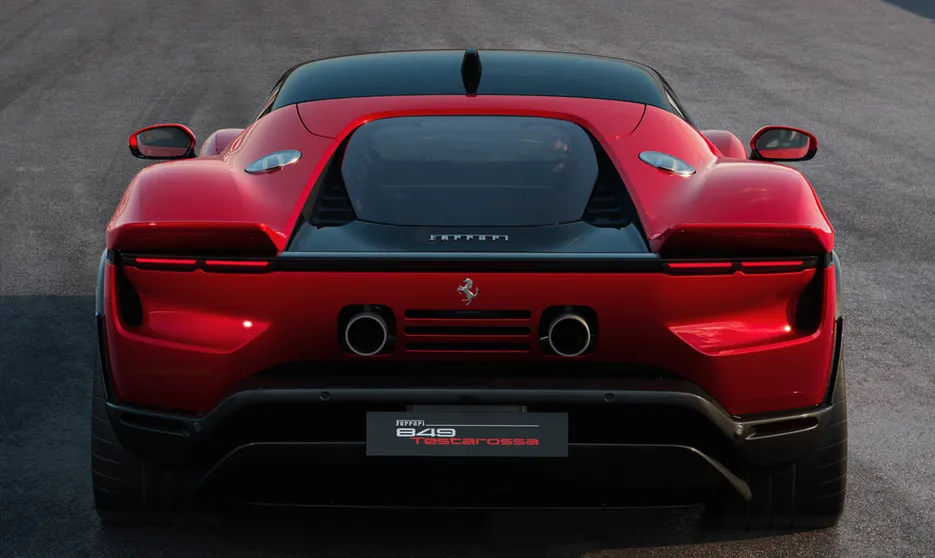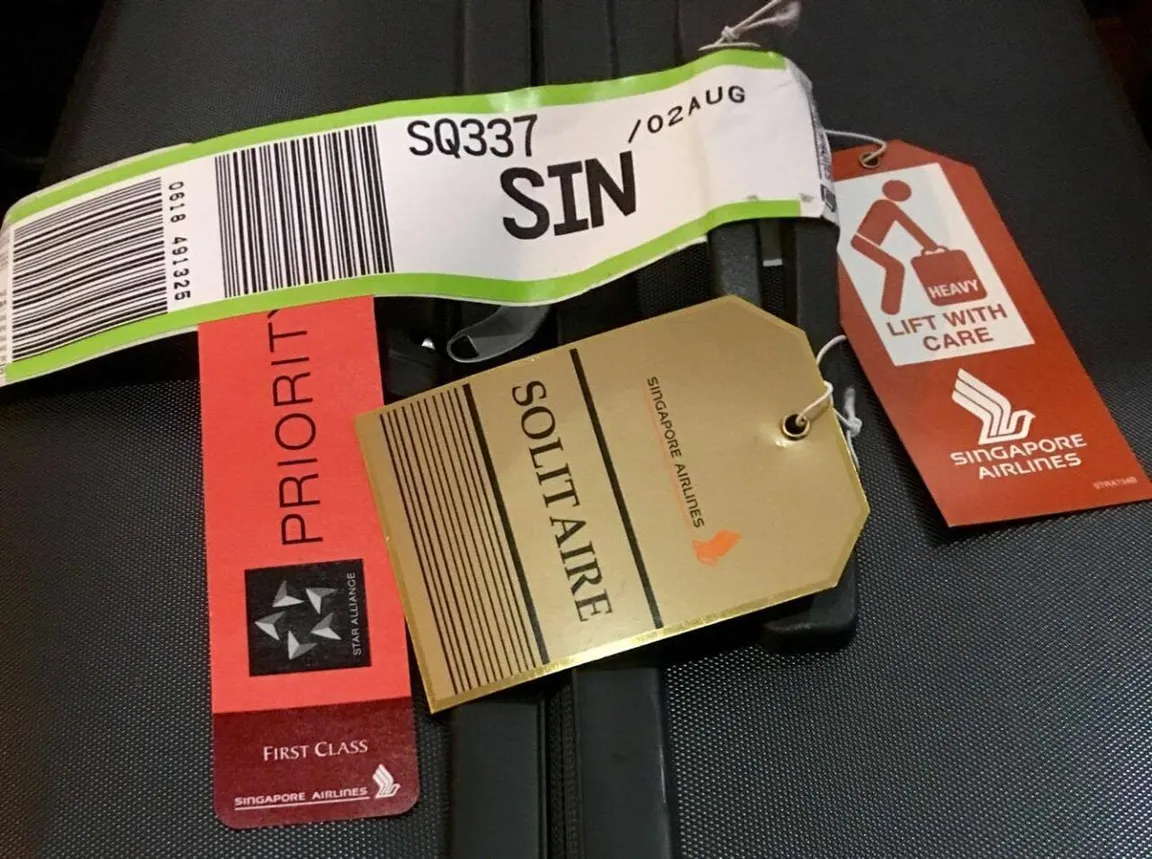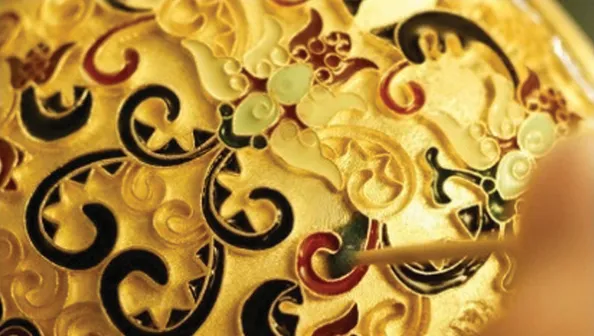For years, luxury carmakers promised that their electric flagships would lead the future of mobility. Porsche, Ferrari, BMW, and Mercedes invested billions in engineering EVs with the performance and specifications to rival their petrol icons. On paper, they delivered: fast charging, powerful acceleration, and competitive range.
The reality on the ground looks very different.
Sales have stalled, launches have been delayed, and once-hyped models are quietly disappearing. The question is: why?
- Porsche Taycan: Sales dropped 6% this year despite critical acclaim.
- Ferrari: Its second EV has been pushed back to 2028.
- Mercedes: The electric G-Class and Maybach EQS lack traction in key markets.
- Audi: The Q8 e-tron has already been pulled.
- BMW i7: Rarely spotted, even in EV-friendly cities.
Contrast this with China, where brands like BYD, Nio, Xiaomi, and Huawei are not just competing—they are thriving. Their vehicles are bought not because they’re cheaper, but because they offer better tech integration, more intuitive user experiences, and closer alignment with how younger, digitally native buyers live.
This gap highlights a wider issue in luxury: the PEARL framework applies here too.
- P for Performance is no longer enough.
- E for Empathy—understanding cultural context and consumer psychology—is where legacy brands are failing.
- A for Adaptability is critical when consumer expectations shift this fast.
- R for Relationships—trust built over years—can be broken quickly when resale values plummet.
- L for Long-term Value defines whether a product remains luxury or becomes a liability.
The Numbers Tell the Story
- In China, EVs already account for nearly 50% of all new car sales, but Western luxury EVs are absent from this surge.
- A petrol Porsche 911 retains its value for years, while a two-year-old Taycan Turbo S can lose almost 50% of its value, even with low mileage.
- Bain & Company projects that Asia will represent 40% of global luxury spending by 2030, making these gaps in cultural fluency even more costly.
The problem is not about specs—it’s about soul. Luxury is defined by emotion, craft, and confidence. In Asia especially, cultural fluency and digital relevance are becoming the true markers of luxury. Whether in cars, fashion, or hospitality, heritage alone is no longer enough to guarantee success.
Final Thought
The future of luxury won’t be won through technology alone. It will be defined by brands that can translate heritage into cultural relevance, blend performance with purpose, and inspire confidence rather than compromise. The question is not whether luxury EVs can catch up technically—but whether legacy brands can rediscover the emotional and strategic heart of luxury before the next generation moves on for good.
